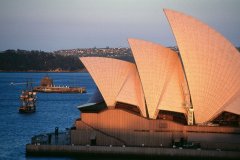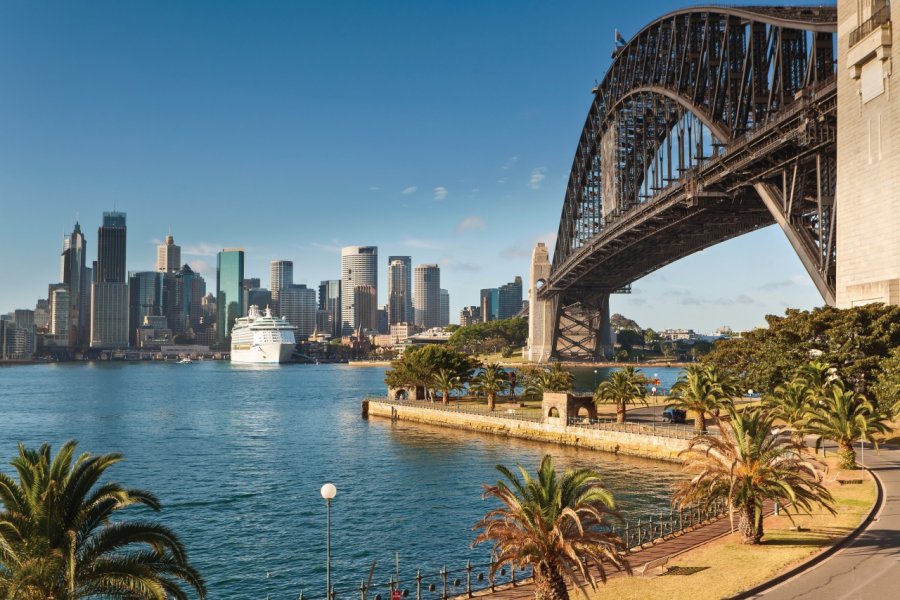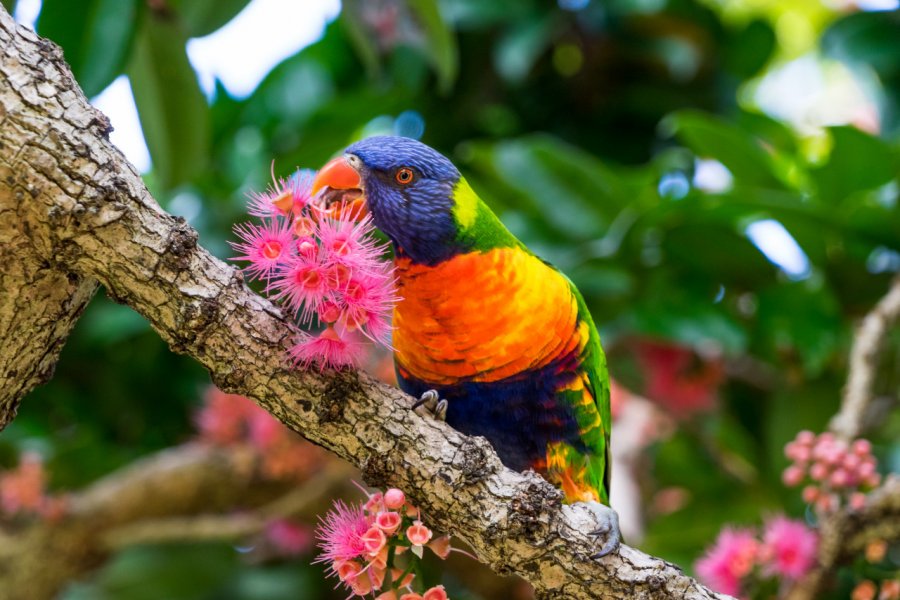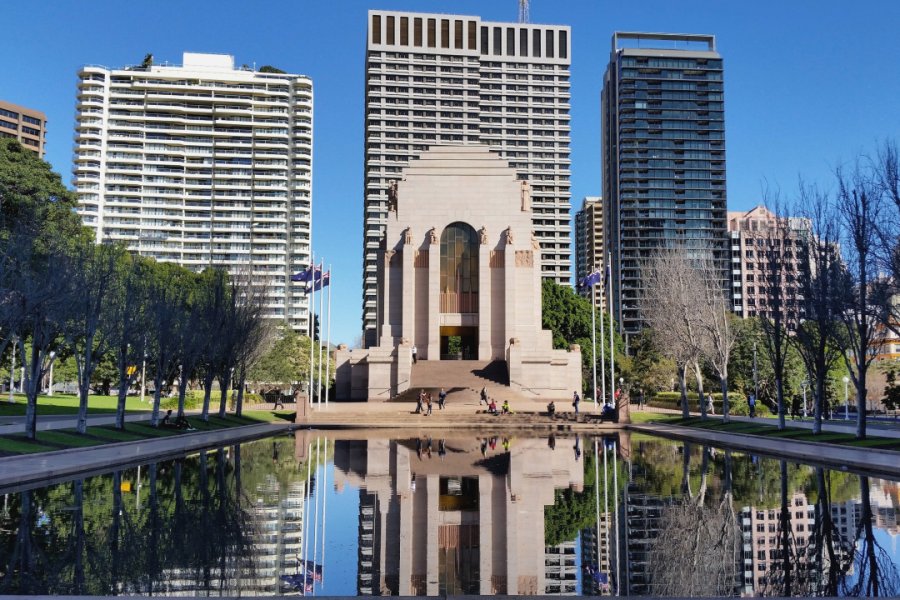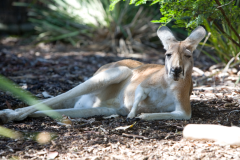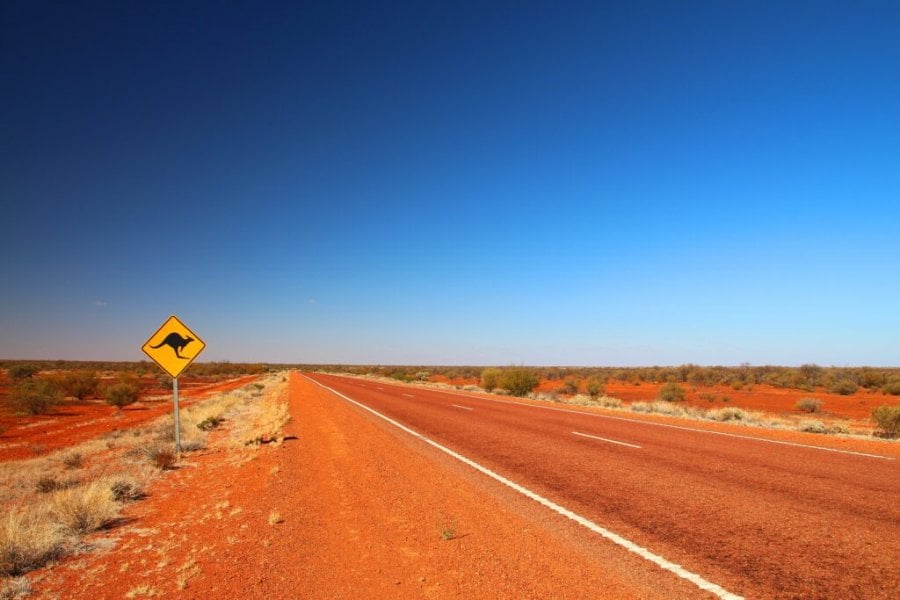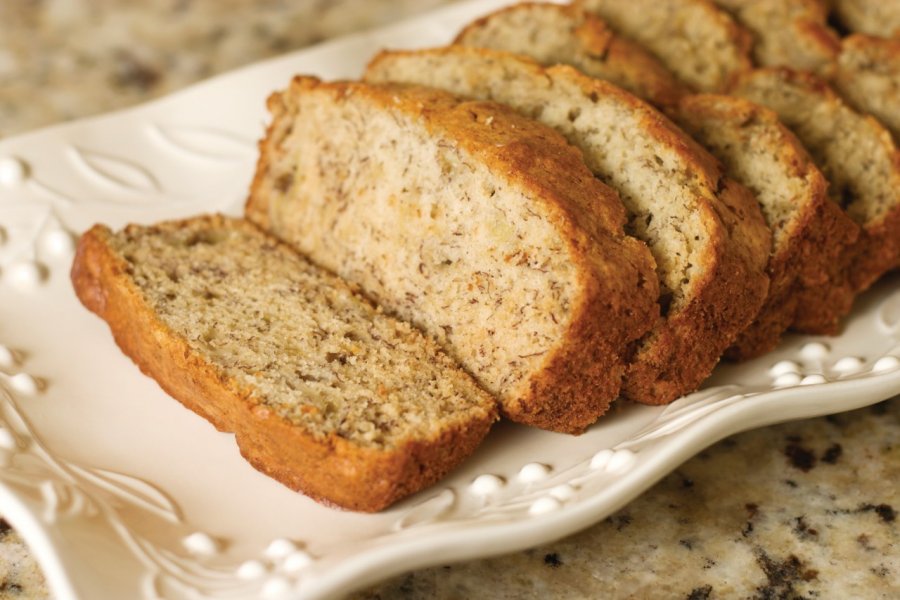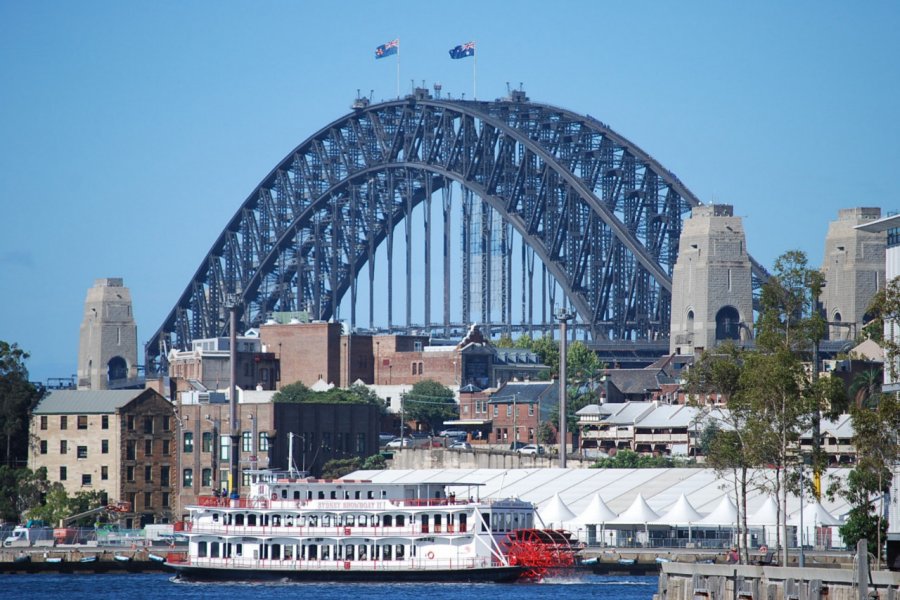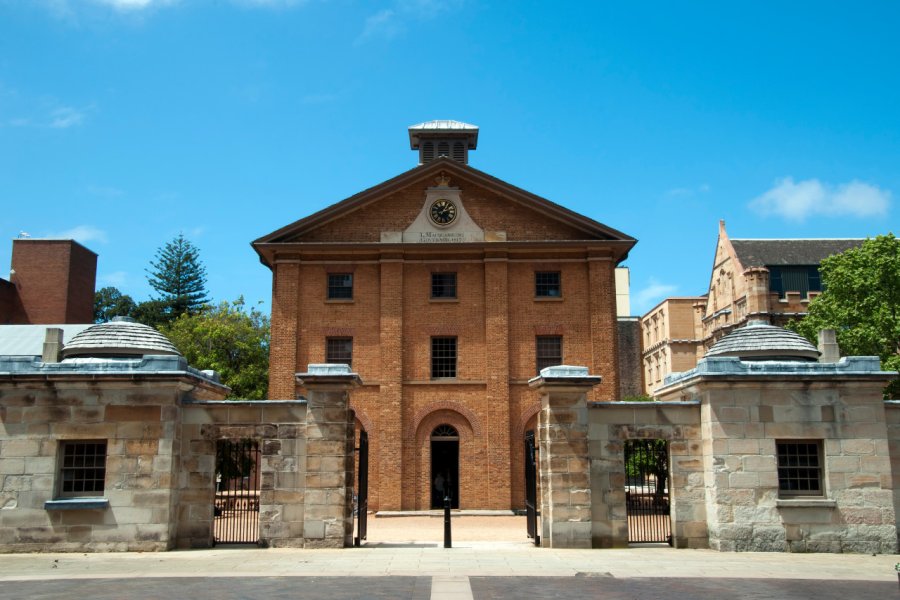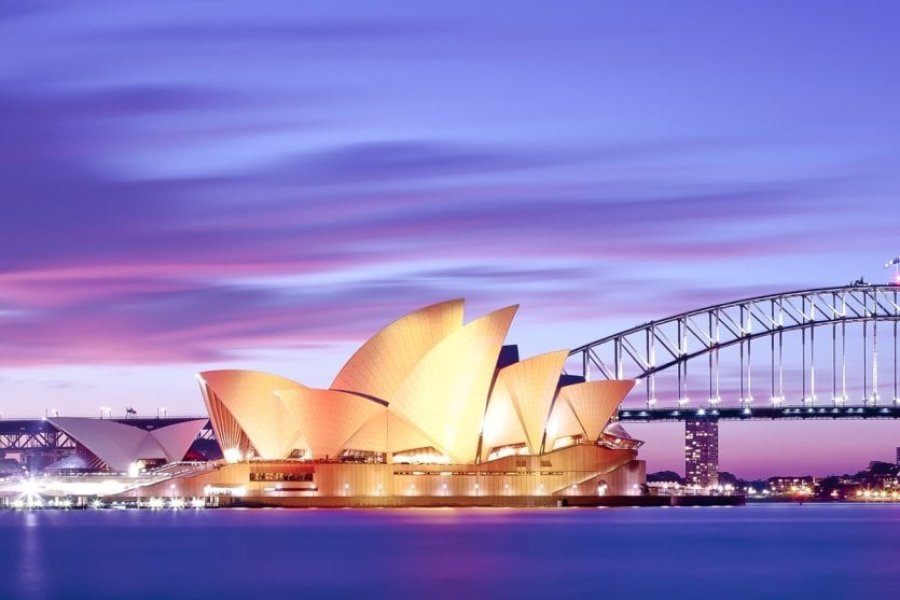Travel Guide Sydney
What to visit Sydney?
Suggested addresses Sydney
When to go to Sydney?
When to go to Sydney? The city can be visited all year round. The tourist pressure is therefore sustained. To save money, it is advisable to avoid the Christmas and New Year period, which includes both end-of-year festivities and summer holidays. It should be borne in mind that while the northern part of Australia has only two seasons (the dry season and the wet season), in the south, the four seasons are reversed compared to our latitudes. The school holiday calendar in New South Wales (the region to which Sydney belongs) is generally divided as follows: 15 days in the second half of April, 15 days in the first half of July, 15 days at the end of September in early October, and one month from Christmas to the end of January. February, which is the end of summer, may be the best time to travel to Sydney. Late spring, November, can also be a good time to consider when to go to Sydney.
Weather at the moment
Located on the ocean, the city enjoys a temperate climate with an average of over 300 days of sunshine per year. Sydney's weather, however, can occasionally be rainy depending on the season, especially in March and April. In winter (June to August), the mercury ranges from 9 to 16°C and the Blues Mountains are covered in snow, while summer temperatures in Sydney easily reach 30°C.
The cost of living in Australia is higher than in Europe. Even if car rentals are still interesting and there are many economical forms of accommodation(backpackers and hostels), you will have to be prepared to make some concessions if your budget is limited. Also, if the price of fuel remains advantageous, many vehicles consume more than 10 liters per 100 km. For those who stay several months, be aware that everything is paid by the week (salary, accommodation...).
To enter Australia, you will need either an e-Visitor visa, an ETA (Electronic Travel Authority) or a specific visa.
Australian visa applications (such as citizenship applications) are no longer processed at the Australian Embassy in Paris. Indeed, for those residing in France, visa applications must be made electronically online through the "e-visa" service, or through the visa offices in Australia, or through the immigration office of the Australian Embassy in Madrid, Spain.
To obtain an e-Visitor or ETA easily and by yourself, simply follow the link from the Australian Embassy to www.border.gov.au or type directly www.border.gov.au/Trav/Visi/Visi (choose Visitor Visas once the page is displayed).
Sydney does not present any major health risks. Nevertheless, make sure that your mandatory vaccinations in France are up to date before your departure.
Sun. The sun's rays are particularly strong here because we are near the equator and the hole in the ozone layer. It is imperative to use a high factor sunscreen to avoid sunburn.
Water. The tap water is drinkable in Sydney as in all major Australian cities. In rural areas, its quality may leave something to be desired. If in doubt, choose bottled water.
Mosquitoes and sandflies. Use repellent on exposed skin and wear covering clothing, especially in the evening. For your room, opt for a good insecticide and/or a mosquito net. The same measures should be applied to protect yourself from sandflies (or biting midges), tiny insects whose bite is very irritating.
Practical information
- When to travel?
- Weather forecast
- Budget
- Formalities
- Health
- How to travel by yourself?
- How to get organized?
- Getting around
Media
How to go to Sydney? Our advice & tips
Tourism is not a new phenomenon in Sydney and there are many specialists in the city and its region. Most of them have standard itineraries that include flights, accommodation and access to the main tourist sites, but it is also easy to find agencies offering to design a customized trip off the beaten track. If you have the time, you may want to include Sydney in a larger Australian itinerary.
Discover our selection of travel agencies for this destinationPrices for a round trip flight from France generally range from €850 to €1,350, depending on the season and your anticipation. Lodging in Sydney is not a problem in itself, but you have to pay the price because it has risen dramatically in recent years. Youth hostels or homestays remain the least expensive options. Access to museums, transportation and food are not cheap either, but with a little bit of cunning, you can get by quite well.
To get around the city of Sydney, while waiting for the opening of the metro planned for 2019, the bus remains the most popular means of transportation, as it is economical and works very well. Cabs are also widely used, and if you wish to rent a vehicle, you should know that you will be required to have an international driving license. Don't forget that we drive on the left in Australia! Cycling may be an option to consider.
Sydney travel inspiration
Find unique Stay Offers with our Partners
Pictures and images Sydney
Discover Sydney
When to go to Sydney? The city can be visited all year round. The tourist pressure is therefore sustained. To save mo...
Read more about it
Located on the ocean, the city enjoys a temperate climate with an average of over 300 days of sunshine per year. Sydn...
Read more about it
The cost of living in Australia is higher than in Europe. Even if car rentals are still interesting and there are man...
Read more about it
To enter Australia, you will need either an e-Visitor visa, an ETA (Electronic Travel Authority) or a specific visa.<...
Read more about it
Sydney does not present any major health risks. Nevertheless, make sure that your mandatory vaccinations in France ar...
Read more about it
Prices for a round trip flight from France generally range from €850 to €1,350, depending on the season and your...
Read more about it
Tourism is not a new phenomenon in Sydney and there are many specialists in the city and its region. Most of them hav...
Read more about it
To get around the city of Sydney, while waiting for the opening of the metro planned for 2019, the bus remains the mo...
Read more about it
